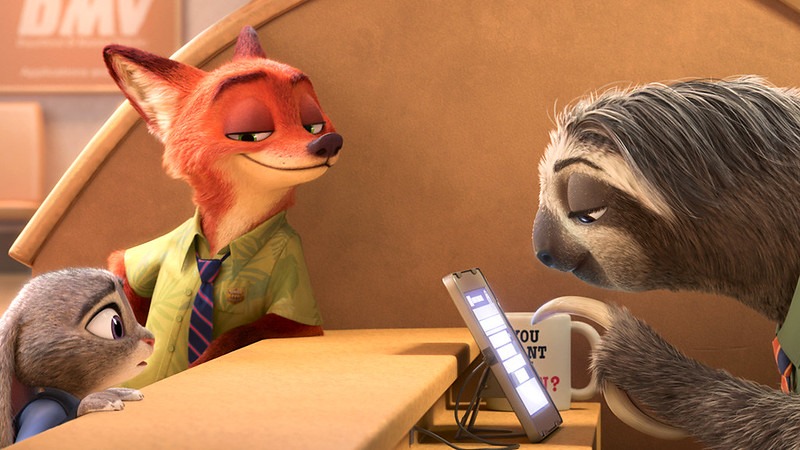Film Review: Underlying racist tones in Disney’s “Zootopia”
3 min read
BagoGames | Flickr. (https://creativecommons.org/licenses/by/2.0/)
By JONATHON MYERS
Walking into the movie theater to see Disney’s 55th animated feature, with my 6- year-old little sister in tow, I wasn’t expecting anything too divergent. With a movie called “Zootopia,” I was prepared to see a colorful film about anthropomorphic animal people learning a lesson about working hard and having everything working out OK in the end.
I left the theater that day having seen something I never thought I’d see in my lifetime: an animated kid’s film that tactfully and non-offensively teaches children about racism.
The star of Zootopia is a tiny adorable bunny rabbit that dreams of becoming a police officer. Once she does, she begins to realize that her dreams didn’t mean much when faced with discrimination against her species.
All manner of discrimination occurs in Zootopia; between predators and prey, large and small animals, etc. The paradise of integration it appears to be from the outside is quickly revealed to be just as problematic as any human city. In an effort to prove her worth beyond her appearance, our bunny heroine teams up with a predatory fox con artist to solve a kidnapping case and earn the respect of her department.
This is where the film diverges from expectation. Rather than just end with the case being solved, proving that big things come in small packages, the film fakes you out and keeps going. Rather than ending there, where it would have been easy, it starts addressing more complicated issues of race beyond just some groups disliking different groups.
Without meaning to, our bunny heroine says a few ignorant things about predators, unintentionally devaluing them along with her new friend by drawing out deeply held prejudices in the other animals.
A society that evolved together into intelligence and civility fractured along racial lines, driving the two friends apart by acknowledging prejudices and fears our bunny heroine didn’t even realize she held alongside all the other prey.
Racial issues are not presented solely as binary in this film. The first half of the film deals with a perceived inferiority in prey and targeting specific species (bunnies are all hicks, foxes are all untrustworthy, for example). Whereas the second half turns it around and makes prejudices against predators, (the minority group) the main focus.
While the first half is the same basic Disney version of discrimination we have seen before that teaches kids to embrace unique qualities among individuals, the second half is more about the systemic kind of racism we see in everyday life.
But did Disney go far enough? For Clarence Tweedy, professor of English at the University of Mary Washington, the issue of racism was, “Oversimplified to the point where it lost its meaning and relevance.”
Tackling an issue like this would be difficult for adults to handle, but most children would walk out of the theater the same way my younger sister did: oblivious to the social commentary and unable to even remember the characters’ names. It is a bright and colorful Disney movie that will enthrall kids with cute animals and not much else.
“[The film] denies the power dynamics of race and white supremacy that consistently hinders minority success.” The oversimplified version of racial prejudice that Disney portrays ultimately fails to capture the root of the issue, and thus, ultimately fails to provide an adequate representation of it. Racism is an issue that needed to be handled with a level of seriousness that Disney was probably unwilling to commit to a children’s movie.


